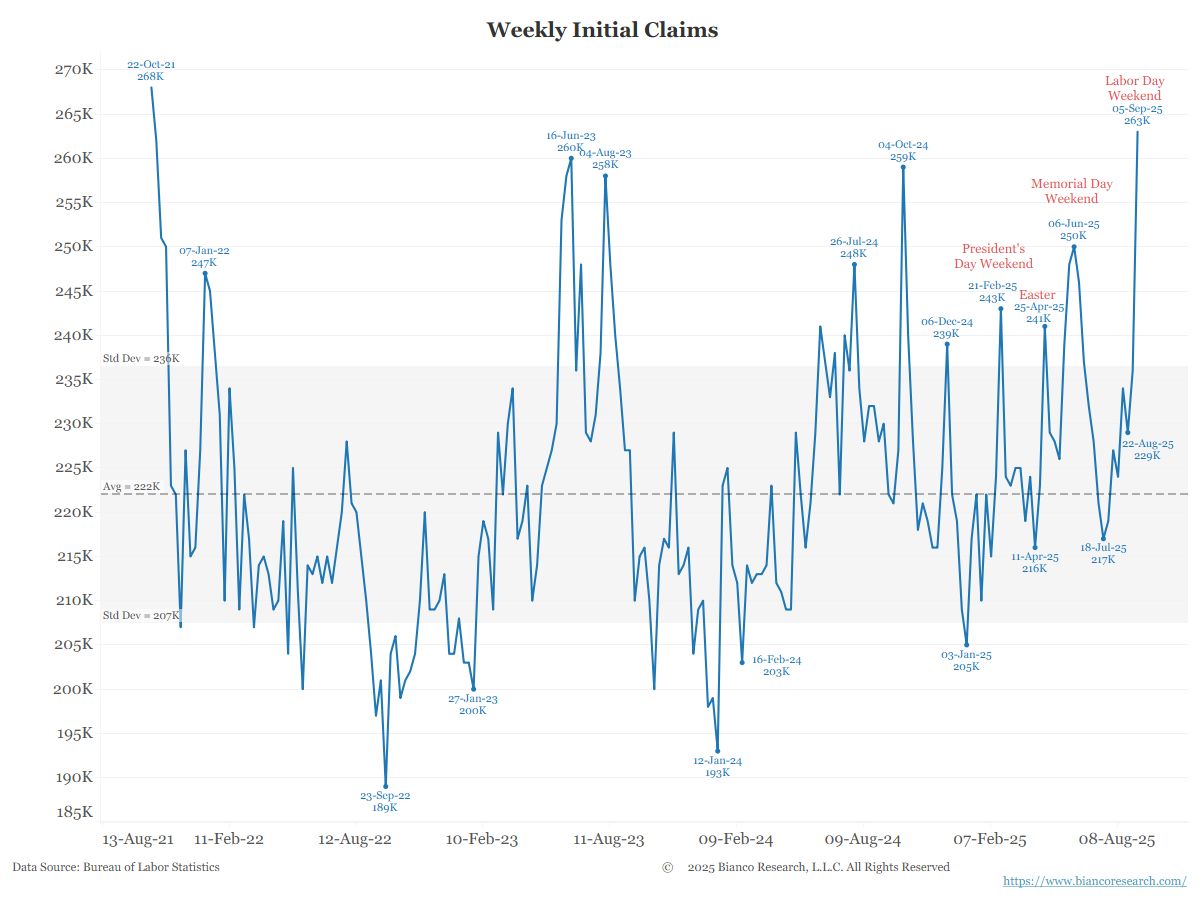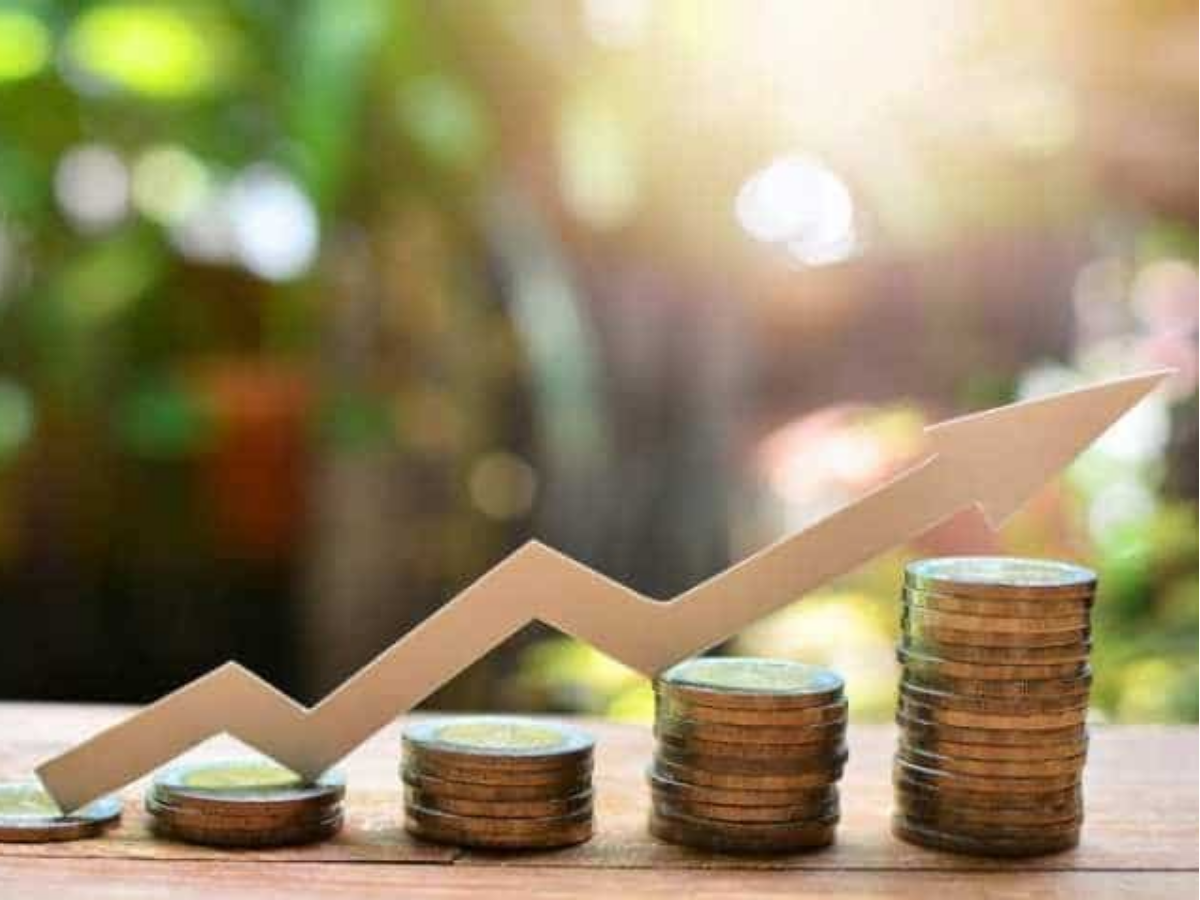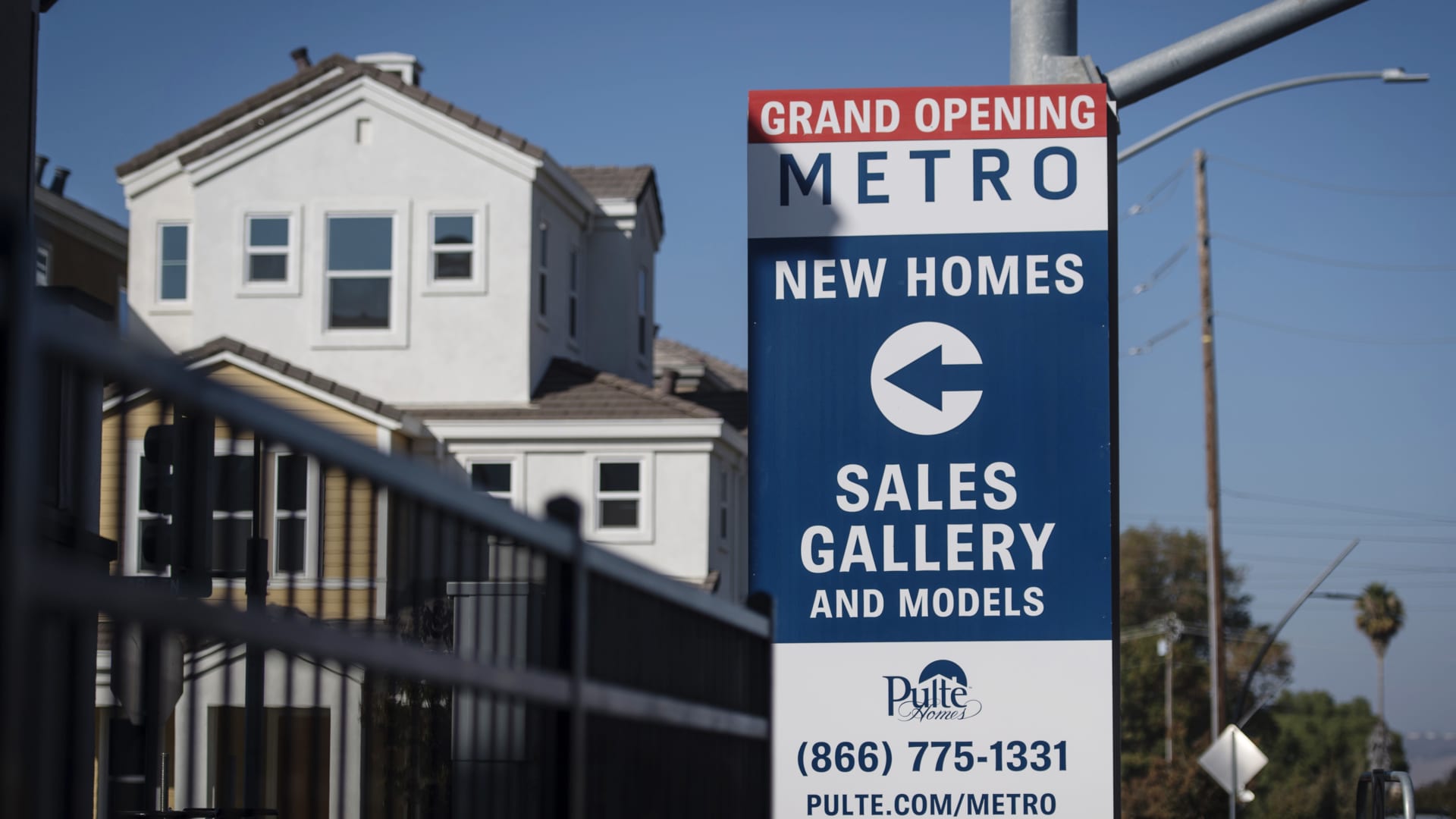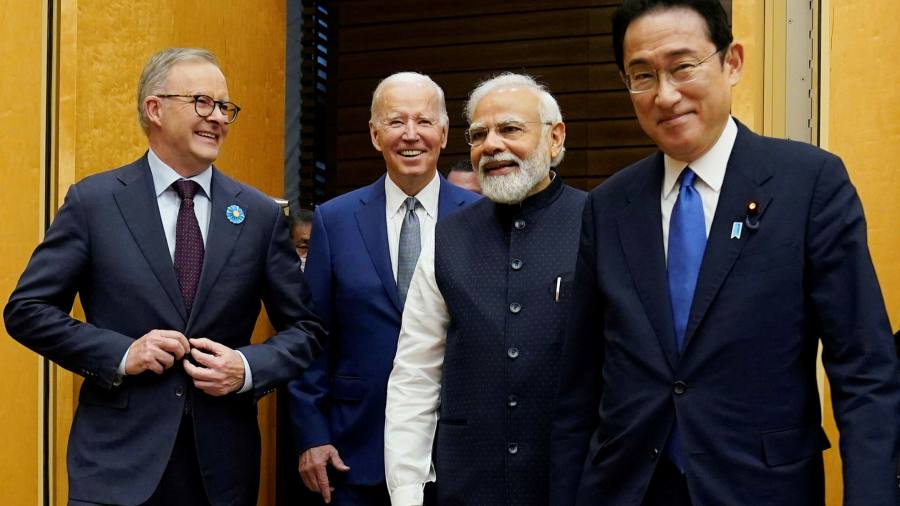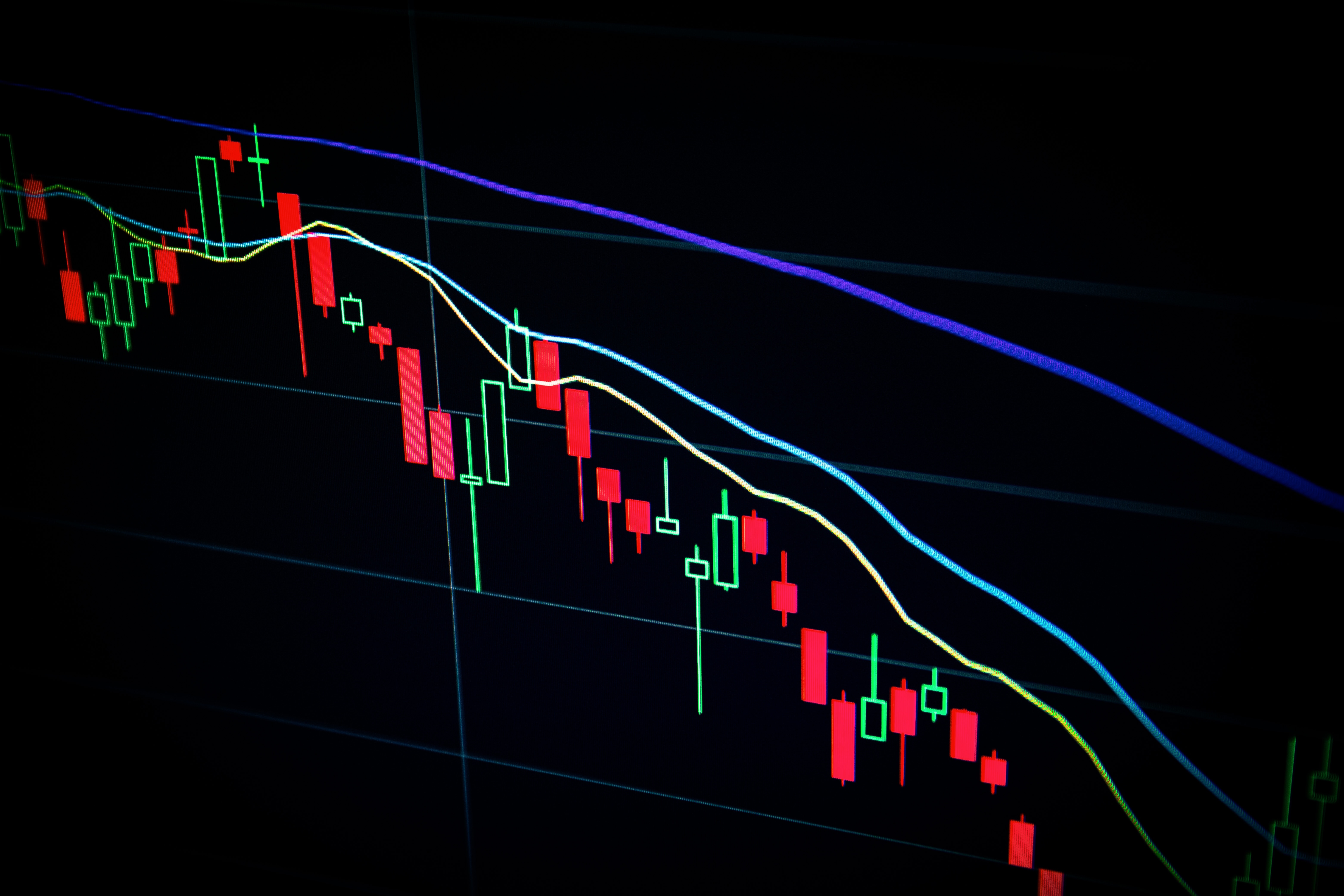Receive free US inflation updates
We’ll send you a myFT Daily Digest email rounding up the latest US inflation news every morning.
Rising energy costs pushed US inflation above forecasts in August, potentially complicating the Federal Reserve’s battle to keep prices under control.
Consumer prices rose by 3.7 per cent year on year, according to Wednesday’s figures, although underlying price pressures remained relatively steady.
Financial markets’ response was subdued, with the interest rate sensitive two-year Treasury yield edging lower to 5 per cent.
The headline consumer price index rate was up from 3.2 per cent in July and higher than consensus forecasts of 3.6 per cent, the Bureau of Labor Statistics figures showed. On a monthly basis, prices increased 0.6 per cent.
More than half of the monthly increase was driven by a jump in petrol prices.
Saudi Arabia and Russia are renewing efforts to push the price of oil towards $100 a barrel and Brent crude is already at a 10-month high at about $92.50.
Core inflation, which strips out volatile food and energy costs and is closely followed by central banks, rose by 0.3 per cent on a month-by-month basis — slightly above the 0.2 per cent rate for July. On an annual basis it fell from 4.7 per cent to 4.3 per cent.
The Fed is widely expected to keep interest rates steady at its next meeting on September 19-20, having lifted rates 11 times since March 2022 in a bid to bring inflation back towards its 2 per cent target.
Several senior officials have signalled their support for a pause, with Dallas Fed president Lorie Logan remarking last week that “returning inflation to 2 per cent will require a carefully calibrated approach — not endless buckets of cold water”.
Policymakers tend to focus on core inflation numbers, but a higher headline figure affects expectations by consumers and businesses about future price rises. Higher petrol prices, in particular, are also politically sensitive.
Labour market figures released this month showed weaker than expected wage growth and an uptick in the unemployment rate, while separate numbers on job vacancies showed a sharper than expected decline.



